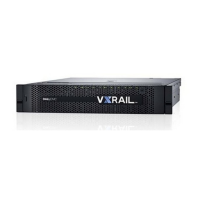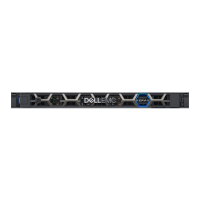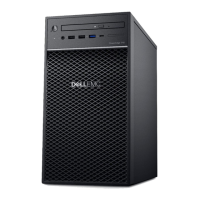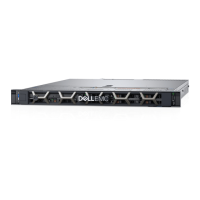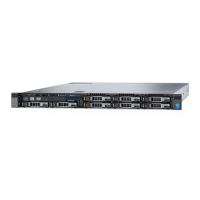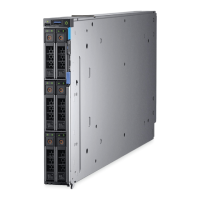62 | Dell EMC VxRail Appliance Operations Guide
© 2017 Dell Inc. or its subsidiaries.
Resource utilization and performance
monitoring
Capacity management for VxRail involves monitoring all system resources including compute,
memory and storage utilization. Proactive monitoring enables you to better understand the
system current workload and assess the ability to handle additional workloads.
Compute and memory capacity management involves monitoring utilization. Storage capacity
planning has multiple dimensions. Capacity is both the ability to persistently store GB/TB of data
and the system’s ability to process the IO workload. The IO workload is measured by IO
operations per second (IOPS), throughput (MB/sec), and latency (response time) measured in
milliseconds.
The capacity and workload capabilities of a VxRail system are directly related to the number of
nodes and the configuration of each node. With the range of models and the flexible
configuration options available, VxRail systems are available to meet the requirements of a
range of workloads. Compute capacity for a system is determined by the number of processors,
the number of cores in each processor and processor speed, and available memory sizes
ranging from 64GB to 1536GB per node. IO capacity is related to the number of drives, the drive
technology, data protection techniques used and the data services that are enabled.
The workload characteristics also significantly impact capacity and system capabilities. IOPs
and throughput directly relate to IO block size and the size of the active working data set.
Application concurrency impacts memory and compute efficiencies.
When a VxRail system is initially sized, all requirements including the expected workload are
modeled to determine an optimal configuration. With the scale-out design, as requirements
change, resources can be added to the system by either adding additional drives to existing
nodes or adding additional nodes to the cluster. This provides the flexibility to configure only the
resources needed in the near future with the confidence that the system can seamlessly expand
as requirements grow.
Monitoring system capacity, workload activity, and
performance
Workload and performance monitoring is best when performed as an ongoing process rather
than as a task performed when there is a problem. Systems are seldom configured exactly the
same and no two systems have the same workloads. Therefore, no two systems perform
exactly the same. Understanding what is normal for a specific environment makes it easier to
recognize when there is a risk of not meeting Service Level Agreements (SLA’s), and provides a
baseline when investigating potential issues.
VxRail Appliance provides the following monitoring tools:
vSphere vCenter includes fully integrated performance and workload monitoring services.
Using the vSphere web client, performance charts for system resources, including CPU,
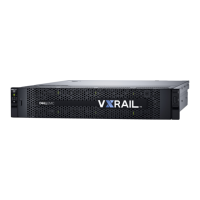
